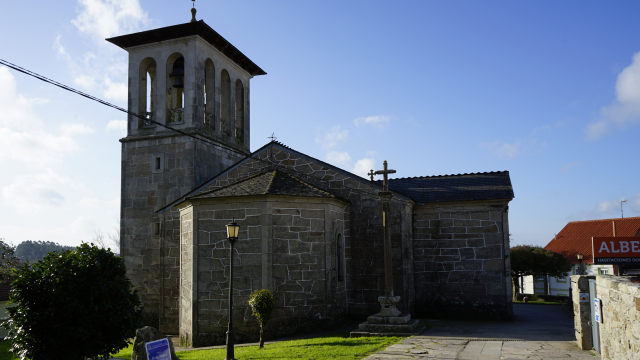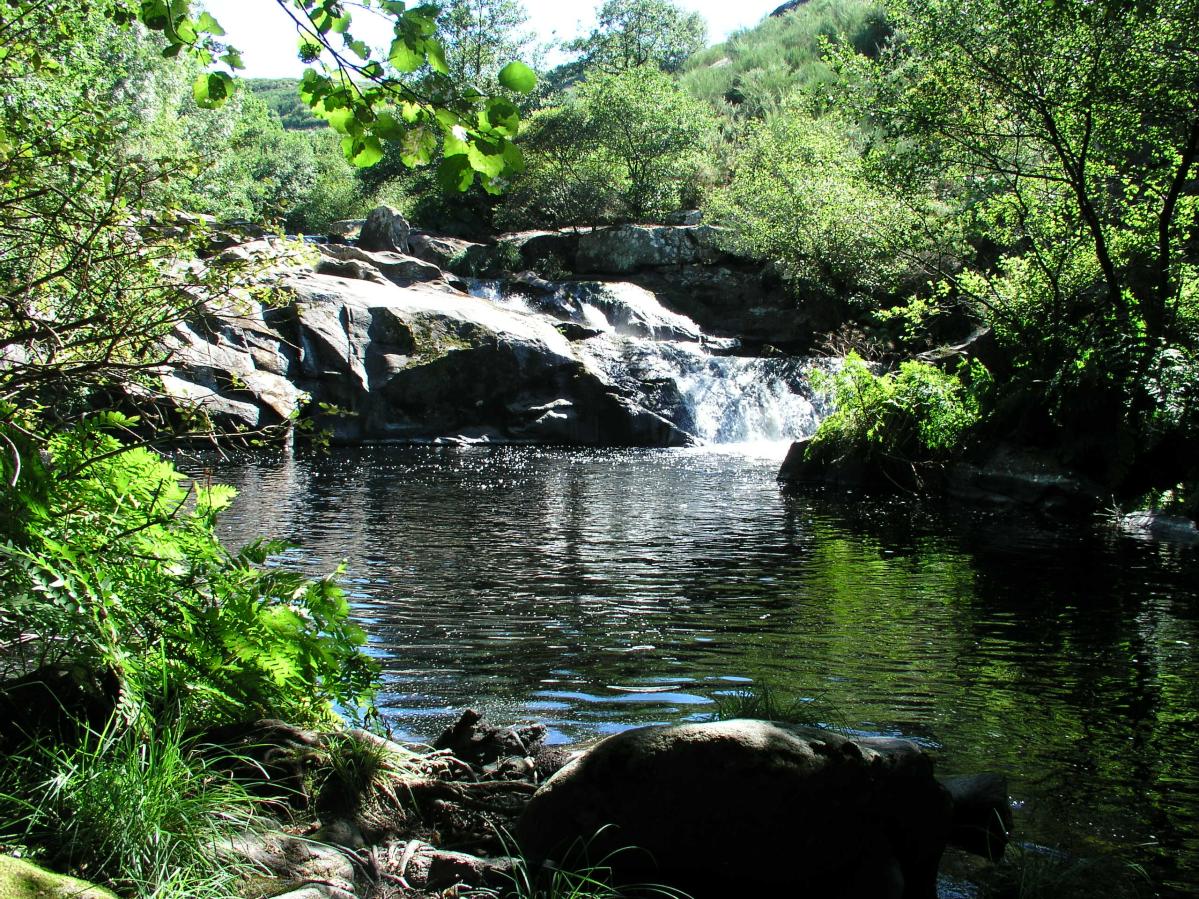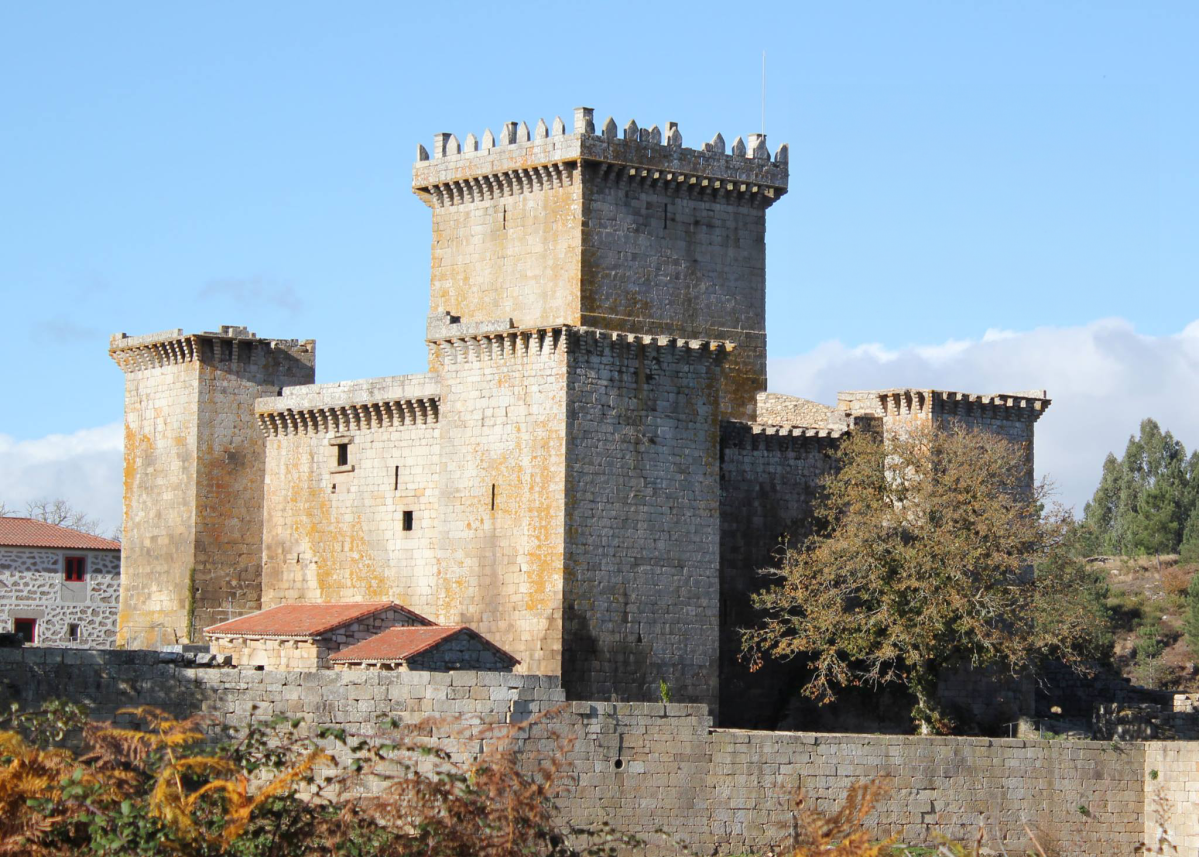Palas de Rei

According to tradition, the name Palas de Rei comes from Pallatium Regis (royal palace), as it is believed to have been the home of the Visigothic King Witiza in the early 8th century, who supposedly ended the life of the Duke of Galicia, Fafila, father of Don Pelayo...
Thanks to the influence of the Camino de Santiago, Romanesque architecture made its mark on Palas de Rei's religious buildings. A standout is the church of Vilar de Donas, a jewel of Galician Romanesque architecture, declared a historic-artistic monument in 1931. Its mural paintings are one of the most remarkable and well-preserved collections in all of Galicia, well worth a visit.
Besides being a key location along the French Route, Palas de Rei was once crossed by the Roman road *Via XIX* "Lucus Augusti-Iria Flavia-Bracara Augusta." By the 6th century, it belonged to the county of "Ulliensis." The Middle Ages were a time of prosperity for the village, largely due to the Camino de Santiago.
Undoubtedly, the history of this peaceful place has always been closely linked to the French Route, a fact that remains true today. The *Codex Calixtinus* mentions that the final stage towards the Apostle’s tomb begins here, although it actually spans 68 kilometers and is considered a "must-stop" along the pilgrimage route.
Thus, with the medieval rise in pilgrimage activity, the village experienced significant growth. Palas de Rei has a rich artistic heritage, reflecting the noble past of these lands, with remains of fortresses, towers, castles, and several manor houses. A place of royal importance in the final stretch of the French Route to Compostela that you simply cannot miss. Uncover its secrets!

